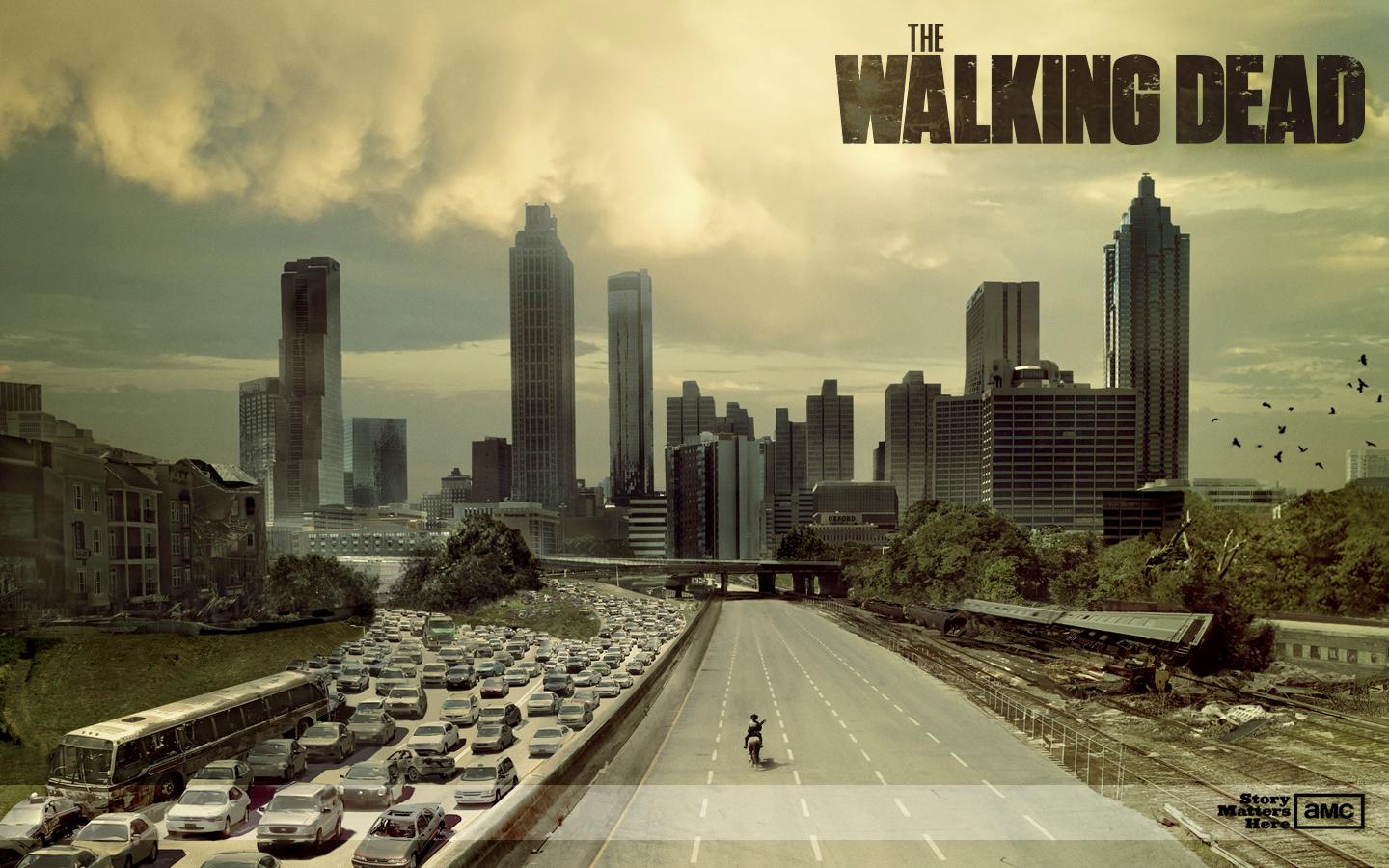
So this past October I attended The Color Run and ran to my hearts content. This event is a 5K run in which there are several stations in which participants run while being shot with hands full of colored flour. It is so called the happiest 5K on earth, i guess because of the happy looking runners who are multicolor painted. How can this be remotely looked at sociologically you ask? Well there is a lot of advertisement, products, and talking about this event. Companies like Chevy sponsor this event which makes it go in to a totally different field then your average 5K run sponsored by a local business. Also, events like the one i attended here in happen all over the US at different times which means to things in my mind. Its bringing a group of people together that would not have anything in common besides the The Color Run and that people spend around $50 dollars depending on the day of registration to run and get hit with colored flour. That is already social uses of space, cohesion, conspicuous consumption, and many more. Here is 2 videos to further illustrate. First one from Augusta and second a generic one.
















